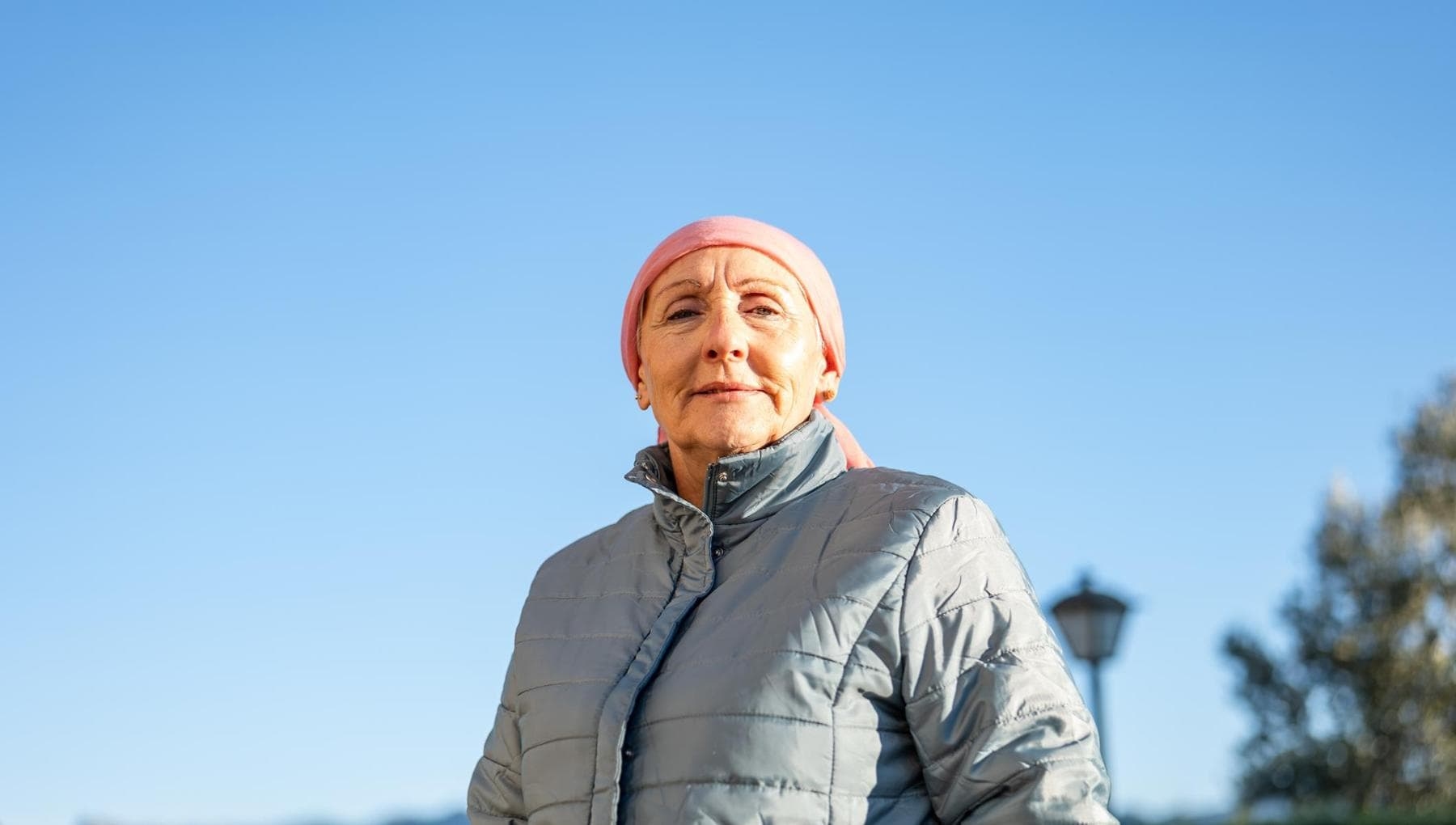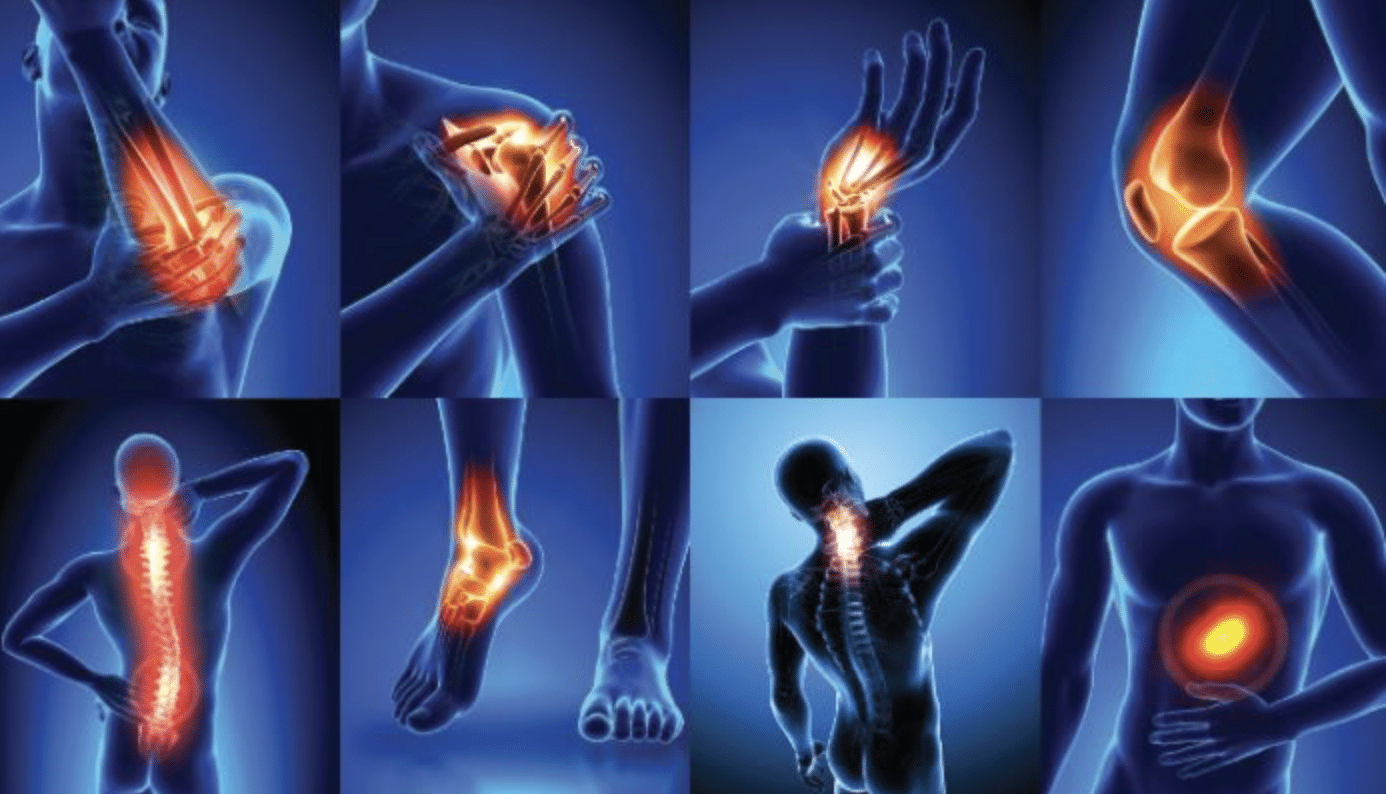Cancer patients pay €1,800 a year for treatment, and 16% of women leave their jobs.


There's the enormous burden of the disease, which weighs on both the patient and their caregivers. Then there's the extremely heavy burden of what's described as "financial toxicity" in oncology: the €1,800 annual burden each person diagnosed with cancer faces in our country. This enormous sum, broken down into transportation costs for visits and tests in facilities often far from home, outlays for supplements and additional medications, additional specialist visits, and perhaps even psychological support. This dramatic situation unbalances and even leaves entire families penniless, in an already complicated situation where, after their diagnosis, 16% of women and 15% of men with cancer must give up work.
The financial toxicity that is leading to the impoverishment of millions of people, which Italy has attempted to counter with cutting-edge measures such as the law on cancer oblivion—still largely unimplemented—is the other side of the coin, unfortunately the darkest, of a trend that has seen cancer as a whole become chronic, thanks above all to the enormous progress made in therapies.
A success story that, however, has among its "victims" the household finances of those coping with cancer, as depicted by the world's first tool capable of analyzing the causes of financial toxicity, that is, the economic crisis affecting patients caused by cancer and its treatments. Called Proffit (Patient Reported Outcome for Fighting Financial Toxicity), it is a questionnaire that, as highlighted in the study published in the "Journal of Cancer Policy," has received longitudinal validation, confirming its value as a tool for measuring financial toxicity in a public healthcare system. The study is being presented in a plenary session at the XXVII National Congress of the Italian Association of Medical Oncology (AIOM) in Rome.
"We have already demonstrated, in a study of 3,760 Italians with cancer, that 26% face financial hardship at the time of diagnosis, and 22.5% experience worsening of this hardship during treatment," explains Francesco Perrone, President of AIOM. "Furthermore, these patients have a 20% higher risk of death in the months and years following treatment. The impact of financial toxicity on patient survival in Italy is similar, but with opposite effects, to the benefits induced by some therapies approved by regulatory agencies. We therefore asked ourselves what causes financial hardship and why it could also affect patients in a universalistic system like ours. Hence the Proffit questionnaire, which is available to the scientific community and has already been validated in English for application in the United Kingdom. It is useful in all settings with a public healthcare system."
"In a private system like the US, where insurance covers 80% of the cost of treatment, it's accepted as inevitable that those affected by cancer will face financial problems," says Massimo Di Maio, President-elect of AIOM. "In the US, the risk of death for cancer patients who experience financial hardship and declare bankruptcy is approximately 80% higher than for those who don't suffer any financial hardship. A cancer diagnosis can bring entire families to their knees, with enormous direct and indirect costs. This shouldn't be the case in Italy and other countries with universalistic systems, capable of guaranteeing treatment for all."
"Proffit is a questionnaire composed of 16 statements that patients are asked to agree or disagree with: nine address the causes of financial hardship, and seven measure its consequences," emphasizes Laura Arenare, a biostatistician at the Clinical Trials Complex Unit at the National Cancer Institute IRCCS Fondazione Pascale in Naples. "The longitudinal validation of the questionnaire is very important, as it will facilitate its use by the international scientific community. Proffit is able to appropriately estimate levels of financial toxicity because it allows patients to express their opinion on their quality of life, without being influenced by clinicians. Significant regional differences have also been highlighted, as cancer patients in southern regions face greater economic challenges than those in the north."
In 2024, there were 390,100 new cancer diagnoses in Italy. A positive development, driven primarily by advances in treatment, is the steady increase in the number of people living after a diagnosis: in 2024, there were approximately 3.7 million, and estimates suggest they will exceed 4 million by 2030. "Half of the citizens who are diagnosed today are destined to recover, because they will have the same life expectancy as those who have not developed cancer," President Perrone continues. "This is positive news for patients, but it also poses sustainability challenges for the system and an increase in workloads for oncologists. Financial toxicity isn't caused solely by the loss of income, due to potential retirement from the workforce. The Proffit questionnaires, completed by patients, reveal causes that can be traced back to three broad macro-areas and which can help us combat the phenomenon with broad-based actions. The first concerns the National Health Service's capacity to take care of patients. This issue can be addressed by making Regional Oncology Networks, currently active in only about half of the regions, truly functional throughout the country. This can improve the quality of interaction between patients and healthcare providers, as well as the latter's ability to communicate with one another and build a supportive network where patients feel cared for from the moment of diagnosis.
"The second major source of financial toxicity is the distance between home and treatment and the resulting transportation costs," explains Massimo Di Maio. "We don't necessarily mean the extreme cases of medical migration from the South to the North. The average distance traveled by patients doesn't exceed 25 km, which is the distance between the outskirts of the city center and the city center, but this must be traveled several times a month. It's important to remember that our healthcare system's facilities, especially for complex fields like oncology, tend to be concentrated in large centers and less so in the local area. This is why Regional Oncology Networks and community-based medicine are the areas we need to work on."
"The third macro-area concerns expenses not covered by the National Health Service: additional medications, supplements, and specialist visits following diagnosis," explains Elisabetta Iannelli, Secretary of FAVO (Italian Federation of Volunteer Associations in Oncology). "These costs can significantly impact, especially on the most vulnerable segments of the population. Added to this are employment difficulties: many patients, particularly the self-employed or those without employment protections, see their income drastically reduced even as expenses rise. Cancer not only entails direct treatment costs, but also indirect costs related to lost work days, reduced productivity, and, in some cases, the inability to maintain professional activity. Our system guarantees access to anticancer drugs, but services such as physiotherapy, reconstructive surgery, or dental care—necessary for many patients undergoing active treatment—remain excluded. Even essential prosthetics and aids, such as wigs or post-operative bras for women undergoing breast cancer surgery, remain the patients' responsibility. Talking about a "return to life" after cancer also means considering these aspects: loss of income, indirect costs, and uncovered expenses. It is in this area that institutions must be raised, because cancer recovery cannot be separated from the economic sustainability of daily life, otherwise the clinical victory risks becoming a social defeat.
News and insights on political, economic, and financial events.
Sign upilsole24ore





